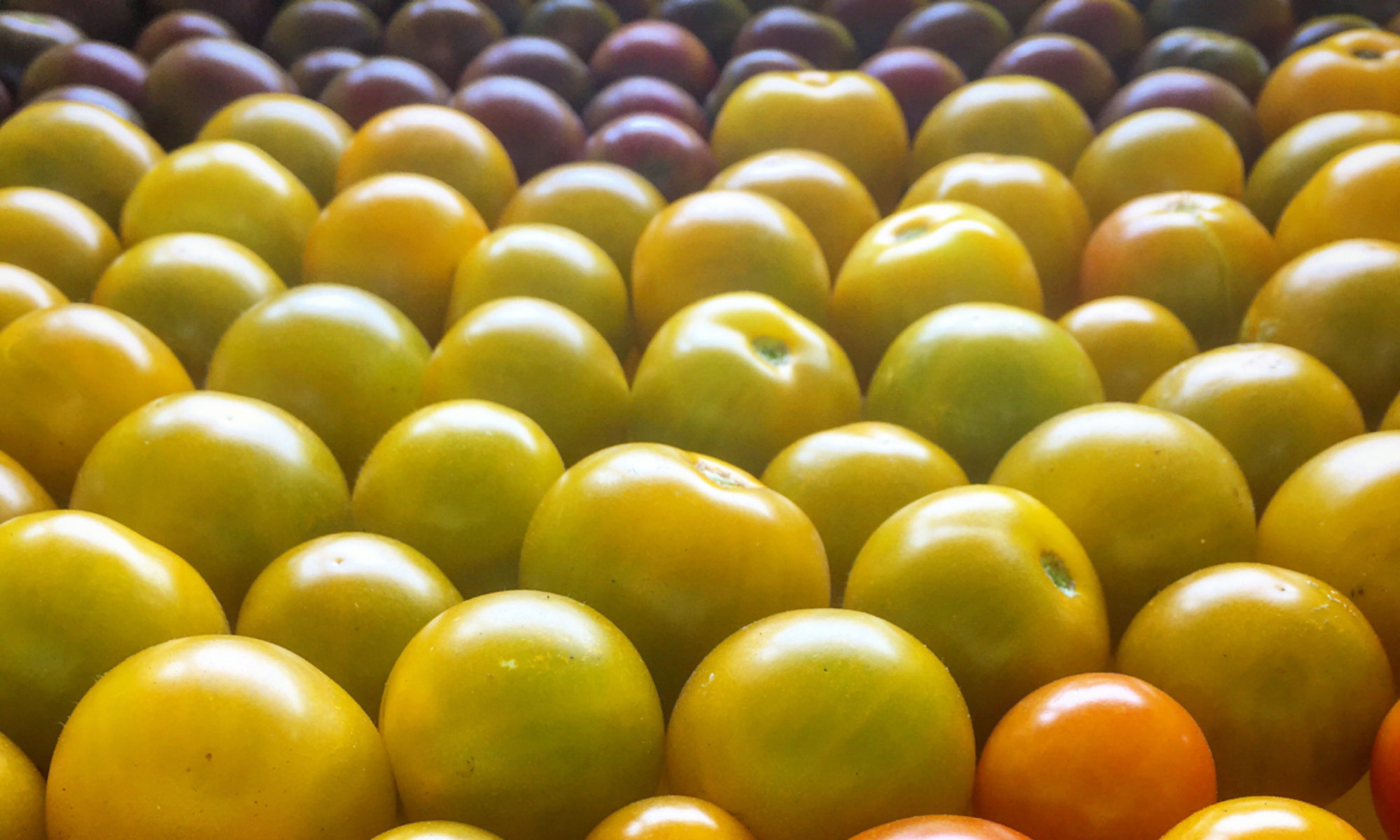
Here’s a repost from my old blog. This was originally posted Sunday, September 14, 2008
Last Sunday I was up visiting my good friends at Foxglove Farm on Salt Spring Island in BC. It was a beautiful weekend, sunny and warm, with that low, late summer sun. After working a long market day on Saturday, as well as sun up to sun down every other day the previous week, Michael declared Sunday a lake day. We had a leisurely breakfast of blueberry pancakes, with strawberries and melon. How much better does it get than fresh fruit right off the farm. Well, then we headed off to the lake for an afternoon of sunning on the banks, eating fresh goat cheese and home made bread, punctuated with intermittent dips in the perfect lake. Incredible, so beautiful and relaxing.
The next part might not sound amazing, but to me it really fit in well with that afternoon. To top things off we headed back to the farm to do a little harvest of bunched beets and carrots for Tuesday market before making dinner. In a world where major efforts have been made to shorten the work week to most it would seem anathema to work another hour. I’ve questioned this kind of work week myself ever since I started farming, worrying that it must be a sure road to burn out and beyond that exploitative. Recently I’ve come to think that it’s less about the number of hours worked than the spirit in which they are worked.
In the language of Nonviolent Communication (NVC) there are four skills:
1.Differentiating observation from evaluation
2.Differentiating feeling from thinking
3.Connecting with the universal human needs/values
4.Requesting what we would like in a way that clearly and specifically states what we do want
In defining the fourth skill there is no particular wording that goes with a request, it is simply that the intention behind the request needs to genuinely be a request:
a request that is truly a request and not a demand (i.e. attempting to motivate, however subtly, out of fear, guilt, shame, obligation, etc. rather than out of willingness and compassionate giving).
Labor laws and conventions attempt to create universal definitions that are objective and easy to regulate. An industrial society where owners and managers are far outnumbered by employees necessitates some protection for workers rights. When the workers are the owners and especially when the work is done in an atmosphere that is supportive and open enough that the workers may meet their needs without overworking themselves, then there is no motivation “out of fear, guilt, shame, obligation, etc.” The work is truly done out of willingness and is also truly rewarding in the way that only compassionate giving can be.
This is complicated. It is difficult to assess ones own feelings and thinking without evaluation and perhaps impossible to do so with other people. In the Yoga Sutras of Patanjali, the most significant text on yoga, there are eight components of Yoga, the first of which is Yama, or our attitudes toward our environment. In Desikachar’s translation of the the second pada (chapter), line 30,
Yama comprises:
1. (Ahimsa) Consideration for all living things, especially those who are innocent, in difficulty, or worse off than we are.
2. (Satya) Right communication through speech, writings, gesture, and actions.
3. (Asteya) Non-covetousness or the ability to resist a desire for that which does not belong to us.
4. (Brahmacarya) Moderation in all our actions
5. (Aparigraha) Non-greediness or the ability to accept only what is appropriate.
Looking through this lens on the work that we do provides a more meaningful assessment of it’s appropriateness and sustainability than any labor law can. If we could all follow these guidelines for ourselves, and not worry about the next person there would be no conflicts and no need for labor regulation.
Even labor law acknowledges that farming is different, and small scale farms are more different still. There is probably nowhere that the sense of ownership, reward from giving, and satisfaction from accomplishment is more tangible. This is not to say that there aren’t moments of burnout on small farms as well, but to say that the idea of what work is in farming reflects the difference between a farm which is wholistic in it’s work and an industry which is specialized.
What it all comes back to for me, personally, is that I have to clearly look at each moment and ask myself if I am doing the right thing at that moment. So, on this lazy Sunday afternoon, I’m sitting down to write, and then I think I’ll go work in the garden, because the difference between work and leisure is mainly one of attitude in my mind, and both can be enjoyable or not, you decide.















